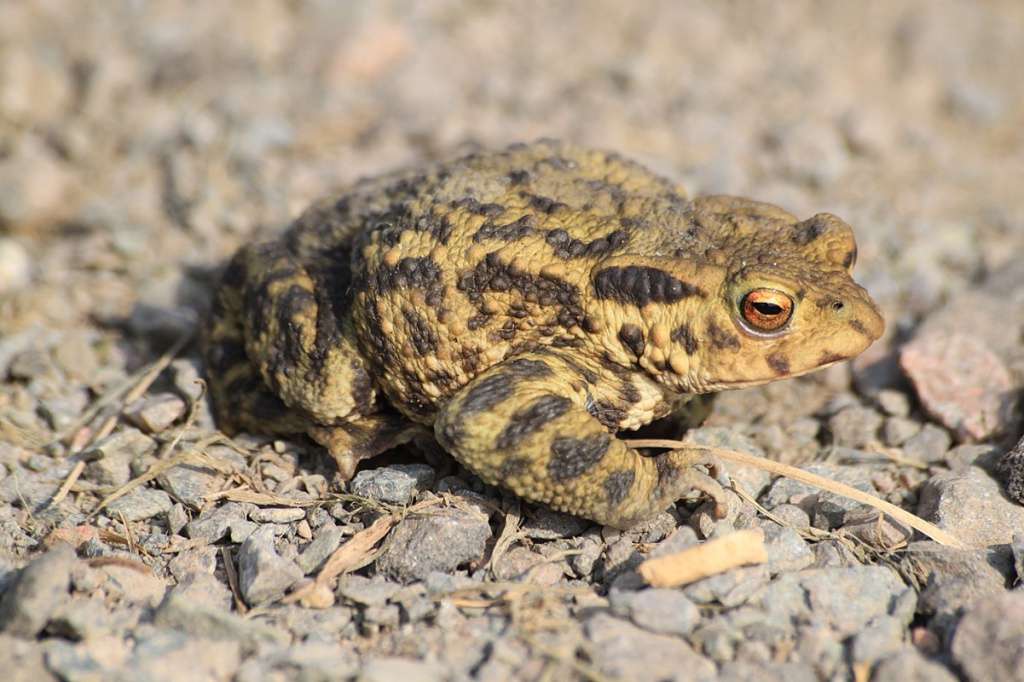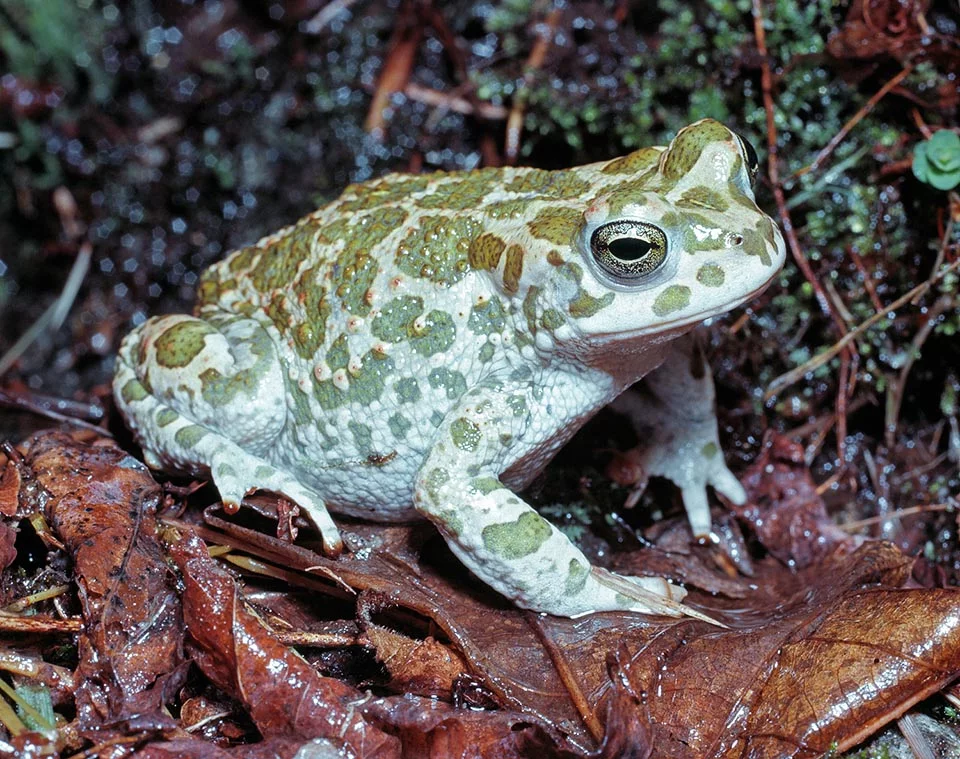
Rhinella icterica, often known as the yellow cururu toad, is a species of toad that may be found in northeastern Argentina’s Missiones Province, southern Brazil, and eastern Paraguay. Its native name, “Cururu,” refers to the male ad-call, which is a lovely tremolo. Without the qualifier “yellow,” the term “cururu toad” is a popular name for a few more closely similar species.
Habitat
Rhinella icterica can be found in the Atlantic Forest, which includes Argentina’s Misiones and Corrientes provinces as well as eastern Paraguay, southeast Brazil, and southern Brazil. This common toad inhabits a wide variety of habitats, including disturbed habitats, open habitats like the Cerrado savanna, and forests.
Appearance
Toads with a thick build like Rhinella icterica are comparatively huge. Snout-vent lengths for males and females are 100–166 mm (3.9–6.5 in) and 135–190 mm (5.3–7.5 in), respectively. The cephalic crests and parotoid glands are robust structures. The dorsum of males is frequently a bright greenish yellow with only a few black blotches, whereas that of females and youngsters is yellowish with a small midline stripe and a regular pattern of black blotches. The belly is white with brown marbling. Particularly in the males, the skin is covered in warts that are pointed and prickly.

Diet
They eat plants that are growing underwater and in the air. The scorpion-eating Rhinella icterica may do so without harming the toad.
Reproduction and Breeding
They can reproduce sexually. They use saltation as a means of locomotion. January to August is the spawning season. Numerous diurnal, just metamorphosed froglets that are barely 9–10 mm in size and depart the nesting areas in large numbers in November and December. Males make calls in and around bodies of water, primarily at night but also in the day. The native term “Cururu” makes note of the call’s melodic tremolo. In shallow water, massive egg strings with thousands of dark-colored eggs are laid.
Specialized Cells
In the mucous layer of the esophagus, among the glandular cells, Rhinella icterica has specific cells. The esophagus and stomach of Rhinella icterica each have four different layers, and the stomach also exhibits the similar pattern. The oxyntic peptic cells are these specialist cells that are in charge of producing hydrochloric acid and pepsinogen. A straightforward columnar mucous cell epithelium supports a loose connective tissue that is effectively vascularized in its stomach. In mammals, mucus released by mucous cells lines the gastrointestinal surface. Rhinella icterica exhibits the same characteristics. This toad species’ mucous cells also generate neutral glycoproteins with high galactose, galactosamine, and glucosamine residue concentrations. Similar to other toad species, this one has a mucous coating made of neutral glycoconjugates that serves as protection for the stomach’s surface.
Table





